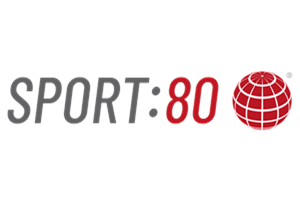
The Sport and Recreation Alliance, alongside the 26 members from its Movement and Dance division, and a consortium of academic professionals specialising in research on movement and dance, have published a report articulating its overlooked social value.
Movement, dance and exercise are understood to have significant benefits for physical and mental wellbeing, and many clubs serve as pillars of their community, but is often overlooked as a form of physical activity. Perhaps because movement and dance straddles the arts and sport sectors, it does not get the funding, attention or support it deserves, when looking at its contribution to national strategic objectives for sport and recreation.
The research, undertaken by the Alliance, builds on our 2021 report and demonstrates and evidences the hugely important contribution of movement and dance, through the unique social value it creates. The report also identifies the support required to bridge the gap between the cultural contribution of dance and the lack of recognition, investment and support given its contribution to strategic objectives.
Headline findings from the report include:
- The annual social value of movement and dance is £3.49 billion, representing around 5% of the total social value generated by community sport and physical activity.
- Of every £20 of social value created by sport and physical activity, £1 is created uniquely by movement and dance.
- Movement and dance creates £430 million in savings on physical and mental health.
- Prevents more cases of breast cancer and hip fractures than its ‘market share’.
- A host of other benefits – delayed onset of Parkinson’s disease, reduced loneliness, and improved retention in activity of young people, older people, and people living with disabilities.
As a result of these findings, in order to maximise the social value of movement and dance, the report recommends that movement and dance are better used to relieve pressure on the NHS, by being integrated into health, care, and prevention practices, including ‘social prescribing’. It should also be a key method used to keep an ageing population active and reducing the risks of being sedentary.
On publication of the report, Sport and Recreation Alliance CEO Lisa Wainwright MBE said:
“Following our previous report into the social value of movement and dance, we wanted to look in more depth at what the impact of better support could be for the nation.
“By outlining the incredible social value movement and dance generates, relative to the support and attention it receives, this report demonstrates just how underused it is in this country, and the potential impact it could have in so many areas. There is no doubt that movement and dance is currently overlooked and as we can now see, that needs to change.
“Movement and dance should be at the forefront of the conversation as we continue to campaign for better support for the sport and recreation sector in light of the current cost of living crisis – if spaces for people to participate become unaffordable, this already underfunded activity will be unable to help those who could really benefit, and we cannot allow that to happen.
“We would like to thank the members of our Movement and Dance division for their tireless work and help in putting this report together, and for the vital work they are already doing in communities up and down the country. Movement and dance is a vital part of our society and culture, and deserves to be supported for the incredible value it provides for so many people. We hope that this report can be the start of that process.”
Read the Social Value of Movement and Dance Report Executive Summary here.
Read the full Social Value of Movement and Dance Report here








